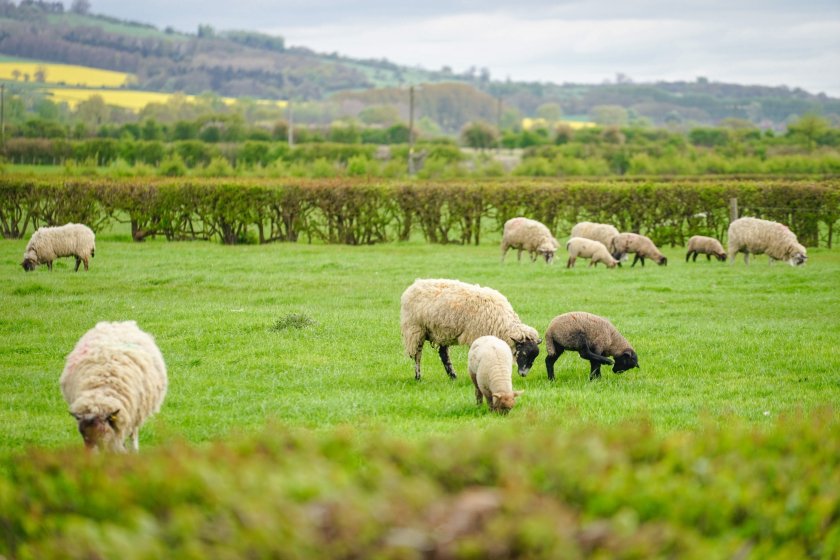
A new project seeks to further British sheep farming and wool industries’ productivity through opportunities to improve fleece quality.
The 12-month wool focused research project 'Fabulous Fibre' will look at increasing the value of wool through breeding and genetics.
The project goal is to evaluate the potential of reducing micron count of finer wool quality UK sheep breeds to increase productivity and sustainability.
Wool quality is measured by testing wool fibres to establish a micron value. The lower the micron, the greater the value per kilogram.
Lower micron wool is softer to the touch in fabrics and more highly valued for textiles requiring this attribute, such as high-quality suits or layers worn next to skin.
Fabulous Fibre brings together a consortium, including National Sheep Association (NSA), British Wool and the Centre for Excellence in Livestock (CIEL), among others.
Phil Stocker, NSA chief executive, said: “If farmers can differentiate wool based on micron, they can produce consistent lines for sale, commanding price-premiums, or genetically improve wool quality.
"Wool traits are highly heritable so genetic gain can be fast once protocols for measurement and genetic evaluation are in place.
“This project supports UK sheep farmers, nature and wider society by focusing on production of premium quality."
There is currently a lack of sufficient data on individual animal micron level and no UK on-farm, objective measurement tool exists.
Current testing is for aggregated lots from multiple farms, with no routine testing for farms or individual sheep.
Lots are often highly variable for diameter, due to variation within animal fleeces, between animals and between farms, significantly reducing price.
Andrew Hogley, chief executive of British Wool said the project was exciting: "When you look at the wool currently produced in the UK there is very little that falls into the lower micron categories.
"Where it does, we are able to command a significant premium (Bluefaced Leicester wool trades at prices above those for comparable Australian wools).
"If we can produce lower micron wool in the UK it should command a significant premium and will also potentially open up new product opportunities for British wool.”
The initial project is focused on one breed on one farm, but funding is being sought for a longer three-year project. Farmer Frank Langrish’s sheep flock will be the starting point for the research.
A portable wool-testing device will be piloted on his farm to provide real-time data, which will speed up identification of finer wooled sheep within his flock.
Mr Langrish said: “A lower micron value increases the uses of wool and moves it from carpets and interior textiles to clothing and fashion items, greatly increasing the uses and value.
"My aim for the project is to reduce micron and variation in the fibre diameter to produce a premium product yet still have a functional sheep that produces both meat and wool from forage.”
